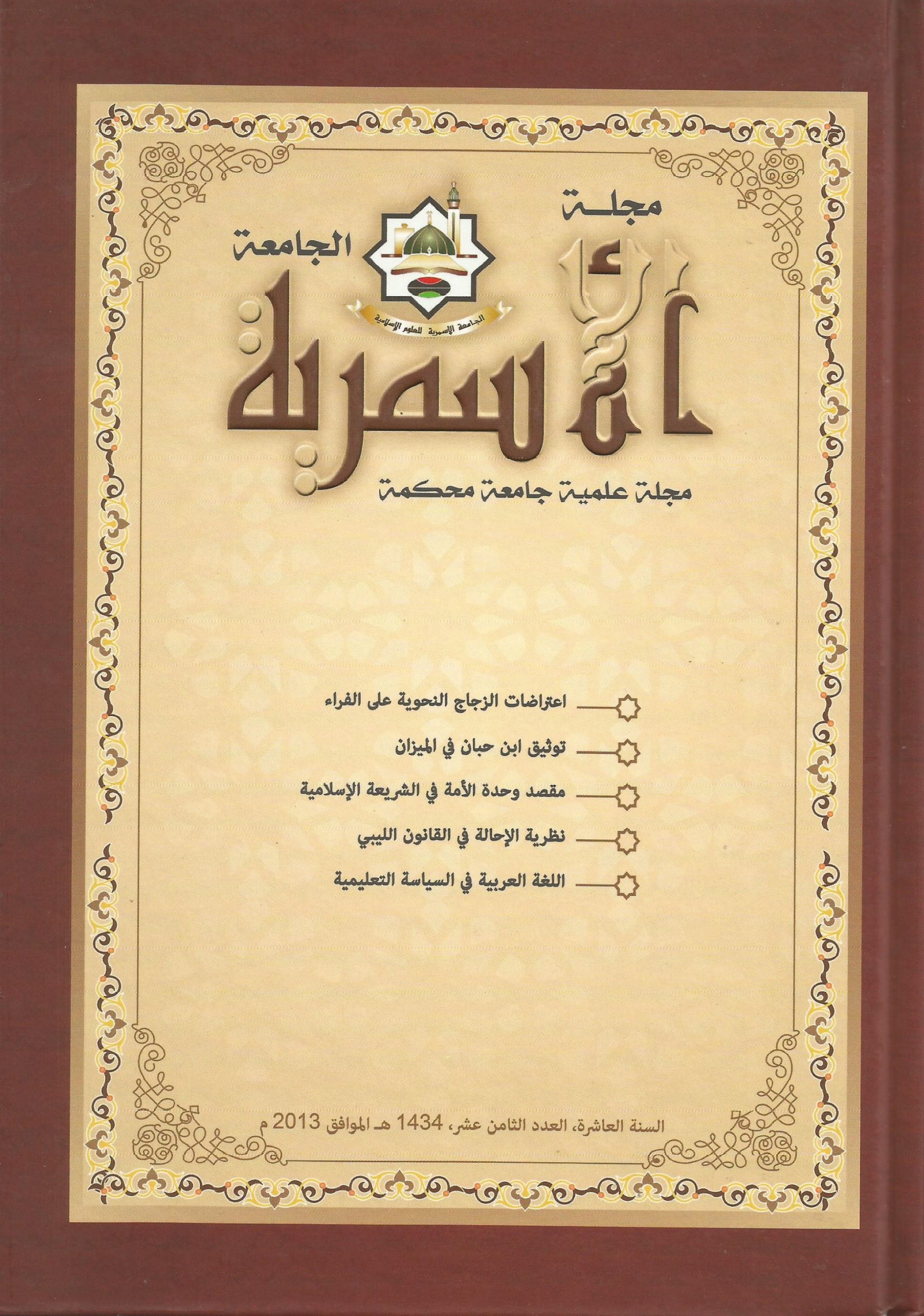Effect of Compaction Time on Concrete Compressive Strength
Keywords:
Shrinkage, Compaction, ConcreteAbstract
Compaction is the process of expelling the trapped air from inside the concrete during pouring, whereby the repositioning of the aggregate particles within the molds increases the density of the concrete. Compaction processes significantly increase the final strength of concrete and enhance the bonding with steel reinforcement. Good compaction also increases the wear resistance and general durability of concrete, reduces permeability and helps reduce shrinkage and creep properties. Proper compaction also ensures that the molds are completely filled - ie no air voids - and the desired finish of vertical surfaces is obtained. When concrete is first placed in the mold, it will contain between 5% and 20% of the trapped air volume, excluding concrete with very low or high subsidence. Although the aggregate particles are covered with mortar, they tend to arch against each other and are prevented from falling or sticking due to internal friction. Thus, the concrete compaction process consists of two stages: First, the aggregate particles are stirred down to fill the mold giving a flat top surface. In the second stage, the trapped air is expelled. This study reviews the two stages of the compaction process, where with vibration, the initial incorporation of concrete can be achieved relatively quickly, and concrete liquefaction at surface levels, which gives the impression that the concrete is compacted. The trapped air may take a little longer to rise to the surface. Therefore, the compaction process must be prolonged until this is achieved, that is, until the air bubbles on the surface disappear. This study aims to determine and estimate the change in the compressive strength of concrete when changing the proportions of the mixture, delaying the pouring time, and increasing the settling time. Since the initial setting time is (45) minutes without any additions, as this stage takes place in a lot of reactions. Therefore, this study recommends that the best time to pour the samples is immediately after mixing, otherwise it is better to leave them until after (20) minutes to obtain homogeneity again.
Downloads
References
DATE, S., GORYOZONO, Y., HASHIMOTO, S., “Study on consolidation of concrete with vibration”, Physics Procedia, v. 25, n. n/a, pp. 325-332, Apr. 2012.
GONG, J., YU, Y., KRISHNAMOORTHY, R., et al., “Real-time tracking of concrete vibration effort for intelligent concrete consolidation”, Automation Construction, v. 54, n. n/a, pp. 12-24, Jun. 2015.
SHI, C., WU, Z., LV, K., et al., “A review on mixture design methods for self-compacting concrete”, Construction and Building Materials, v. 84, n. n/a, pp. 387-398, Jun. 2015.
Bentz DP, Aitcin P-C (2008) The hidden meaning of water-cement ratio. Concr Int 30(5):51–54
Nallathambi P, Karihaloo B, Heaton B (1984) Effect of specimen and crack sizes, water/cement ratio and coarse aggregate texture upon fracture toughness of concrete. Mag Concr Res 36(129):227–236
Živica V (2009) Effects of the very low water/cement ratio. Constr Build Mater 23(12):3579–3582
Dowell A, Cramer S (2002) Field measurement of water-cement ratio for Portland cement concrete. Phase II, Field evaluation and development
Popovics S, Ujhelyi J (2008) Contribution to the concrete strength versus water-cement ratio relationship. J Mater Civil Eng 20(7):459–463
Bashandy AA (2012) The feasibility of remixing concrete. Eng Res J 10:135
Rathi V, Kolase P (2013) Effect of cold joint on strength of concrete. Int J Innov Res Sci Eng Technol 2(9):4671–4679
H.A Mohamadien "Impact Of Time When Casting The Second Layer Concrete، Journal of Engineering Sciences، Vol 41، No 3، May 2013
المواصفات القياسية الليبية رقم 340 للإسمنت البورتلاندي, المركز الوطني للمواصفات والمعايير القياسية، سنة 1997 م.
British standards institute . BS 812: "Methods for sampling and testing of mineral Aggregates" , Sand , and Fillers , (1992)
(ACI 211.1-91) Standard Practice for Selecting Proportions for Normal, Heavyweight, and Mass Concrete.
Downloads
Published
Conference Proceedings Volume
Section
License
Copyright (c) 2021 المؤتمر الرابع للعلوم الهندسية والتقنية

This work is licensed under a Creative Commons Attribution 4.0 International License.





